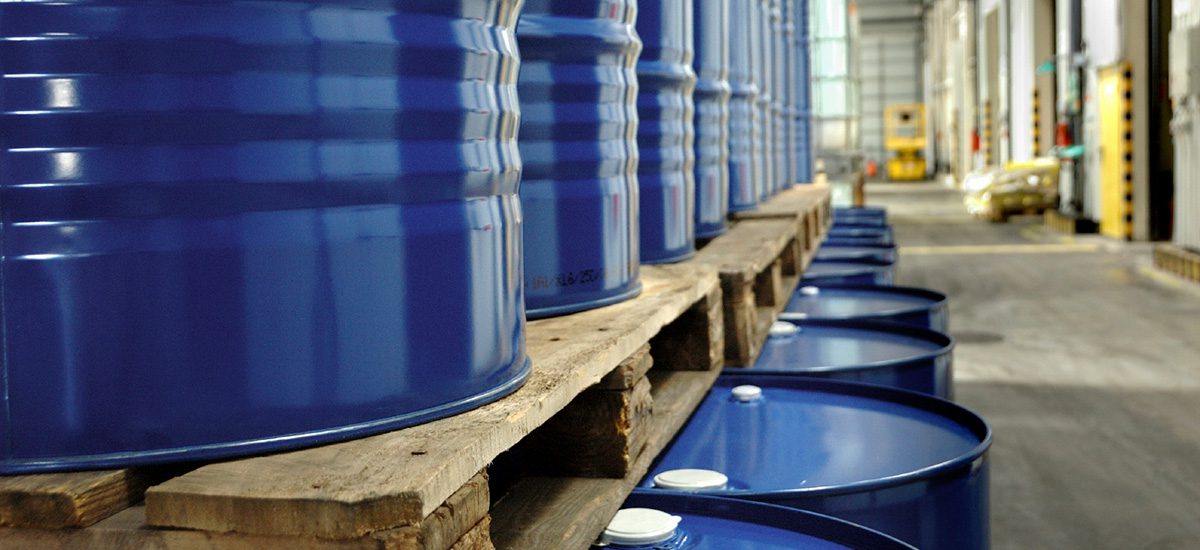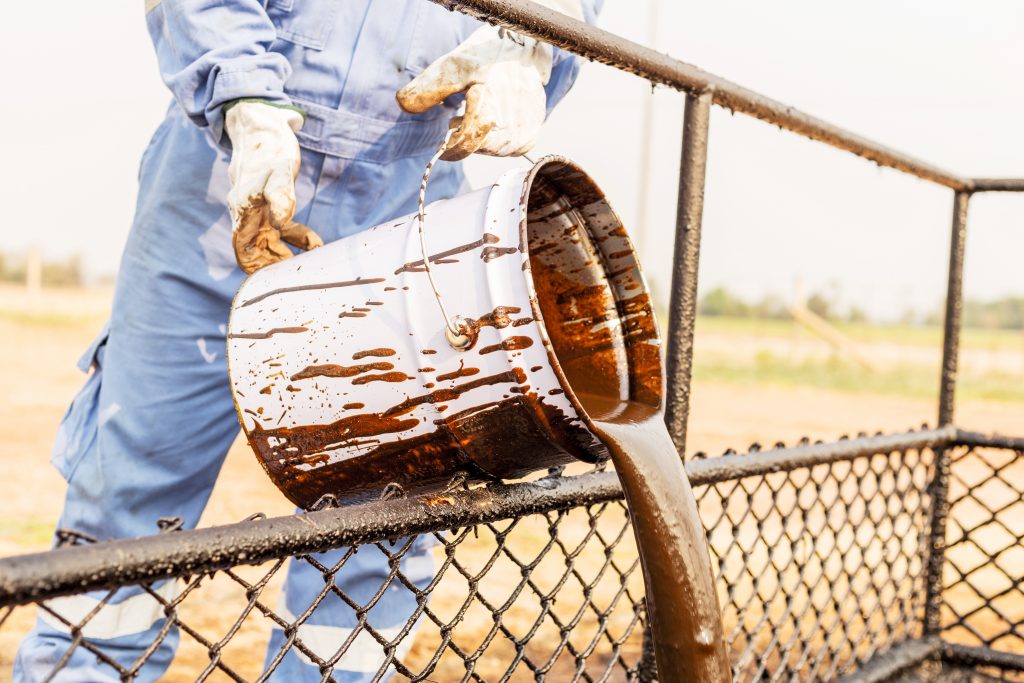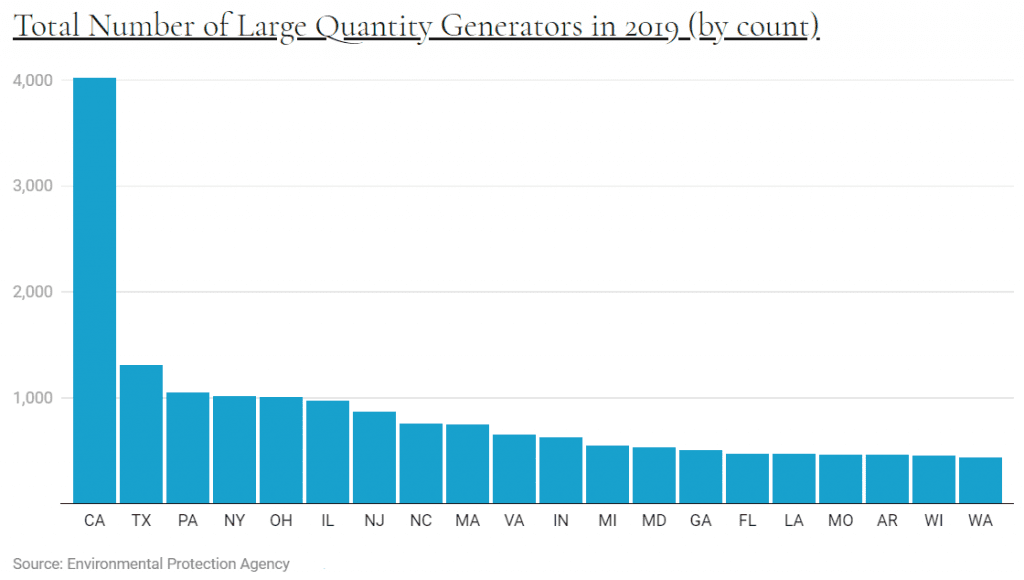
2021 Biennial Report: An Impending Deadline

2021 Biennial Report Cycle Closing Soon
As the March 1st deadline gets closer, RCRA large quantity generators (LQGs) of hazardous waste only have a little under two weeks left to submit their 2021 Biennial Report.
EPA’s Resource Conservation and Recovery Act (RCRA) laws and regulations require LQGs across the country to produce a Biennial Hazardous Waste Report – otherwise known as a Biennial Report – once every two years. California’s Department of Toxic Substances Control (DTSC), which manages the State’s hazardous waste, has opted into the federal RCRAInfo Biennial Report system for the 2021 cycle.
The Biennial Report describes each hazardous waste stream generated at the business, how each waste is generated, and the quantities. These wastes are defined by EPA and regulated by RCRA, while State-defined hazardous waste is excluded. The report shows how each waste is treated, recycled, or disposed. Only LQGs are required to submit a Biennial Report.
There are several uses for Biennial Report data, such as “planning and developing regulations, compliance monitoring, and enforcement.” Biennial Report data also allows EPA and DTSC to determine whether its regulations are having the desired effect on the generation and management of hazardous waste.

Federally recognized hazardous waste, such as discarded petroleum products, must be accurately identified and accounted for in a facility’s Biennial Report.
For example, Biennial Report data provides information on whether waste management has changed from one method of disposal to another, and what a change like that might mean for the surrounding environment. Additionally, California’s Certified Unified Program Agencies (CUPAs) may also use Biennial Report data to support planning, fee assessment, compliance monitoring, and enforcement throughout their jurisdictions.
For more information about California CUPAs and the Unified Program, see the June 2019 NES article California CUPA Overview: Enforcing the CalEPA Unified Program.
Past Data Shows California as Major Reporter, but Minimal Generator
RCRA establishes federal rules and regulations in order to manage hazardous wastes from “cradle to grave” – a concept that ensures hazardous waste is handled in a manner that protects human health and the environment. To this end, there are specific regulations for the generation, transportation, and treatment, storage, and disposal of hazardous wastes. The 2021 Biennial Report is one of many EPA regulations that support this principle.

Data from the 2019 Biennial Report shows California leading the nation in the total number of large quantity generators, with 3,352 facilities listed. (Source: An Overview of Hazardous Waste Generation)
2019 Biennial Report data showed just under 35 million tons of hazardous waste generated by 23,700 active generators across the United States. According to EPA, generation of hazardous waste can be attributed to many factors, such as the economy, supply and demand, and waste minimization activities.
California topped the 2019 data in total number of LQGs filing a Biennial Report – 4,027 facilities. Texas and Pennsylvania followed with 1,312 and 1,046 facilities, respectively. However, California generators only accounted for approximately 0.73 % of the total hazardous waste reported in 2019. Nearly 80% of all hazardous waste generated in 2019 came from Texas, Louisiana, Mississippi, Ohio, and Kansas, according to EPA data.
EPA and its state partners have been collecting hazardous waste generation data from LQGs through the Biennial Report since the 1980s. The 2021 Biennial Report, once it is completed and processed, will likely provide similarly useful data.
2021 Biennial Report and NES
As always, EPA requires the following to be submitted electronically (via the RCRAInfo website) for a valid 2021 Biennial Report:
- EPA ID number
- Facility name and address
- Quantities and nature of RCRA hazardous waste generated
- Whether the hazardous waste was sent to a recycling, treatment, storage, and disposal facility
For over 30 years, NES has been providing environmental consulting and numerous EH&S training services on behalf of a wide array of public and private businesses and government agencies. With our expertise in Title 22 / RCRA hazardous waste management training and consulting, we can help your business navigate the 2021 Biennial Report. If you need training or have questions regarding hazardous waste regulatory requirements for your facility, please contact us at office@nesglobal.net or 916-353-2360 / 1-800-NES-ADVISE.
References:
EPA: Resource Conservation and Recovery Act (RCRA) Laws and Regulations
DTSC: The 2021 Biennial Report
22 CCR 66262.41. Biennial Report
EPA: RCRA Subtitle C Reporting Instructions and Forms
